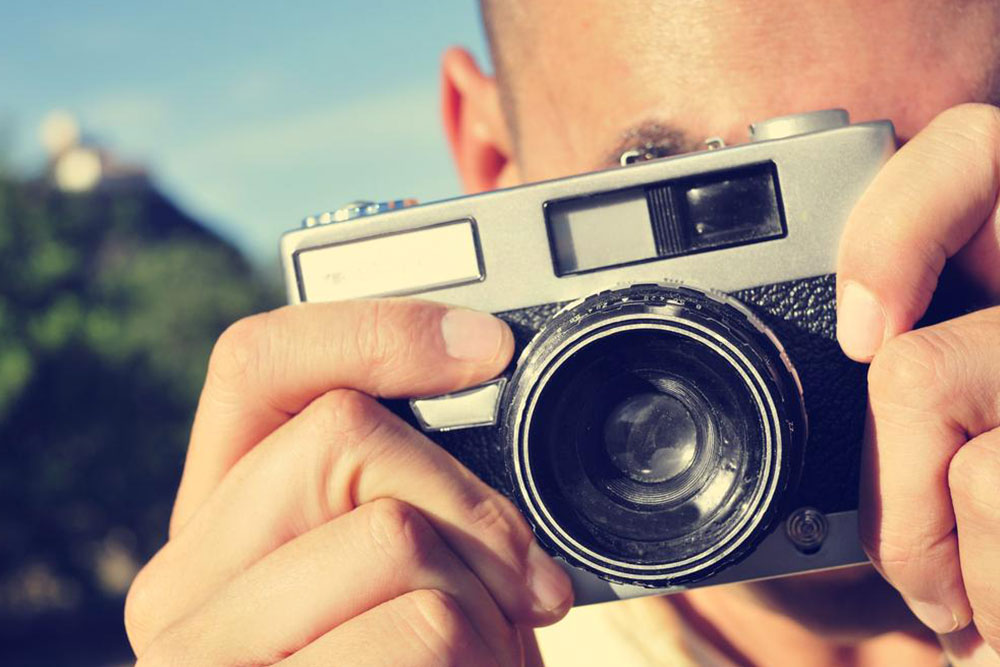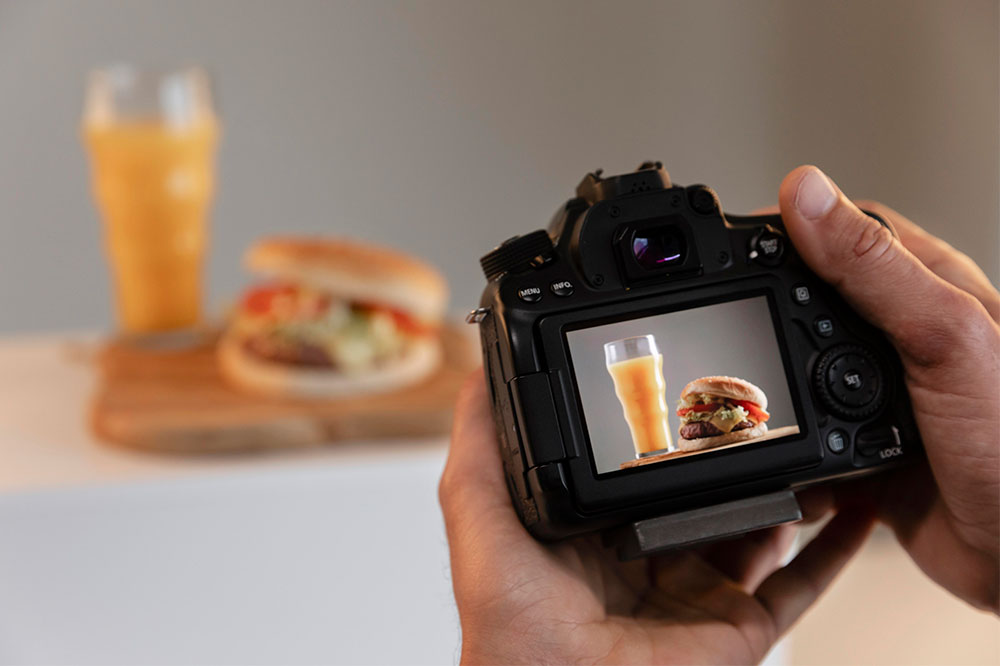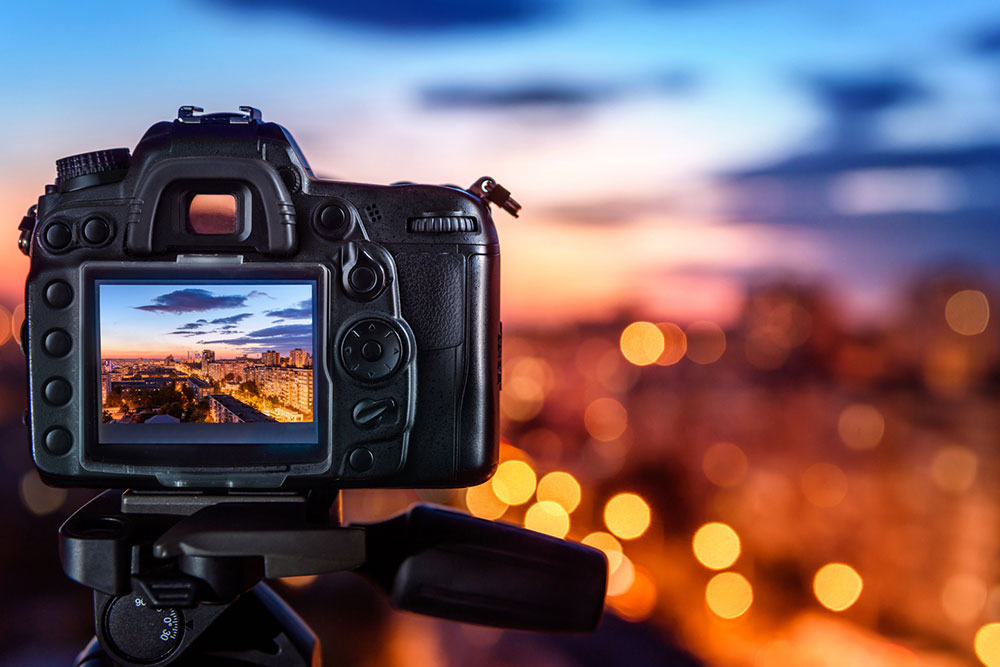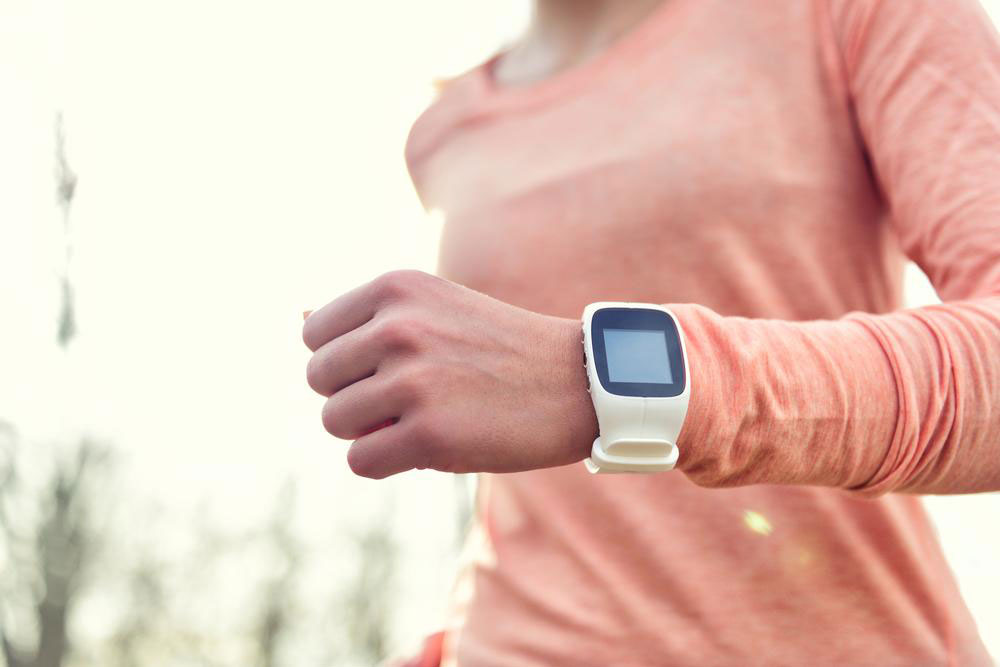Overview of Common Photography Tools and Equipment
Discover essential photography equipment, including various camera types and accessories that enhance image quality. Ideal for both beginners and professionals, this guide covers tools like DSLRs, mirrorless, action cameras, and vital accessories such as tripods, lenses, and lighting. Optimize your photography setup for better shots and creative projects with our expert tips and comprehensive overview.
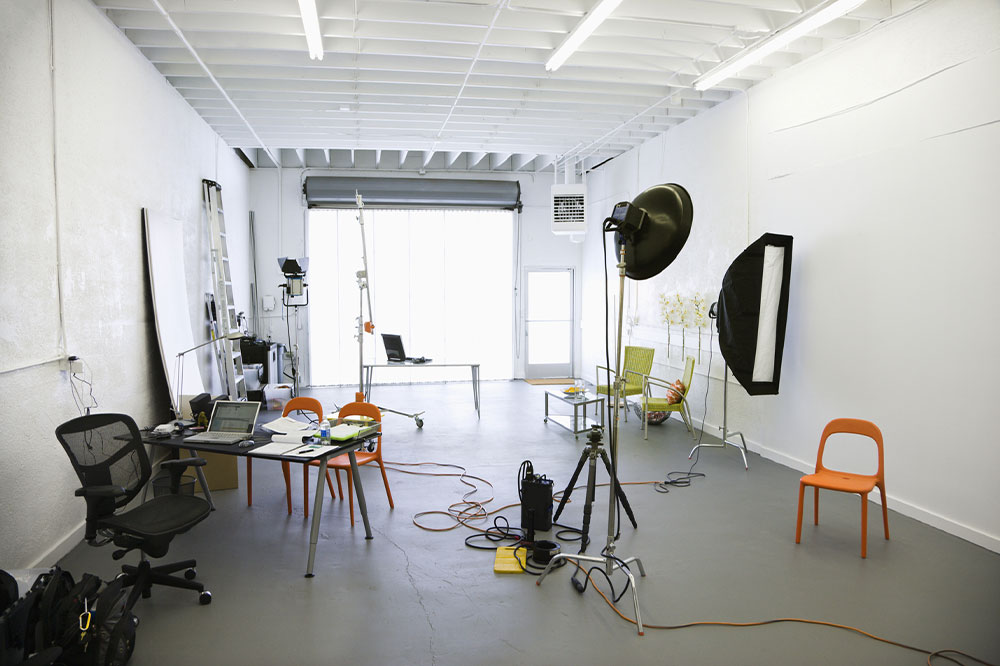
Overview of Common Photography Tools and Equipment
Capturing stunning images relies heavily on the right photography gear. Choosing the appropriate camera and accessories allows photographers to record moments with clarity and artistic flair. With the increasing popularity of photography, a variety of devices are available to suit different styles and needs. Here’s a look at some of the most common photography equipment used by enthusiasts and professionals alike:
Types of Cameras:
SLR (Single-Lens Reflex): An SLR camera features a mirror mechanism that reflects light from the lens to an optical viewfinder, providing an accurate preview of the shot. When the shutter is pressed, the mirror flips up, exposing the sensor or film.
Digital SLR (DSLR): Building on traditional SLRs, digital DSLRs combine a digital sensor with the optical system, offering versatility with interchangeable lenses and extensive accessories. They are favored for their image quality and adaptability.
Bridge Camera: This device bridges the gap between simple point-and-shoot cameras and professional interchangeable lens systems. It features a fixed lens with advanced manual controls and moderate sensors for versatile shooting.
Mirrorless Cameras: Compact and lightweight, mirrorless cameras lack the optical mirror system but deliver high-resolution images and 4K or higher video recording. They are suitable for travelers and street photographers.
Action Cameras: Known for their durability and compact size, action cameras like GoPro are perfect for capturing fast-paced activities. They can be mounted on helmets, bikes, or underwater accessories for immersive footage.
Instant Cameras: These cameras produce physical prints immediately after taking the photo, ideal for events such as weddings or family gatherings where instant keepsakes are cherished.
360-Degree Cameras: Designed for panoramic shots, these cameras cover a full circle, making them excellent for virtual reality content and immersive photos or videos.
Smartphone Cameras: Modern smartphones have advanced camera systems capable of capturing high-quality images and videos. External lens attachments can further enhance their capabilities.
Additional Photography Accessories:
Tripods and Stabilizers: Essential for maintaining steady shots, whether on a tripod or gimbal, ensuring smooth footage and sharp images during movement.
Lenses: Diverse lenses such as wide-angle, telephoto, and macro expand creative options and improve shot quality.
Lighting and Reflectors: Proper lighting equipment and reflectors help control and manipulate light, making images more professional and visually appealing.
Extra Batteries and Chargers: Always carry spare batteries and chargers, especially for outdoor shoots, to avoid missing out on capturing important moments.
Memory Cards: High-capacity SD cards allow storage of numerous high-resolution photos and videos, essential for extended outings or projects.
External Flashes and Filters: Additional lighting solutions like external flashes improve illumination, while filters modify light and protect lenses, enhancing image effects.
Additional Gear: Items like camera bags, cleaning kits, and color calibration tools help maintain equipment and ensure optimal performance. The selection varies based on the photography style, such as wildlife or sports shooting.

